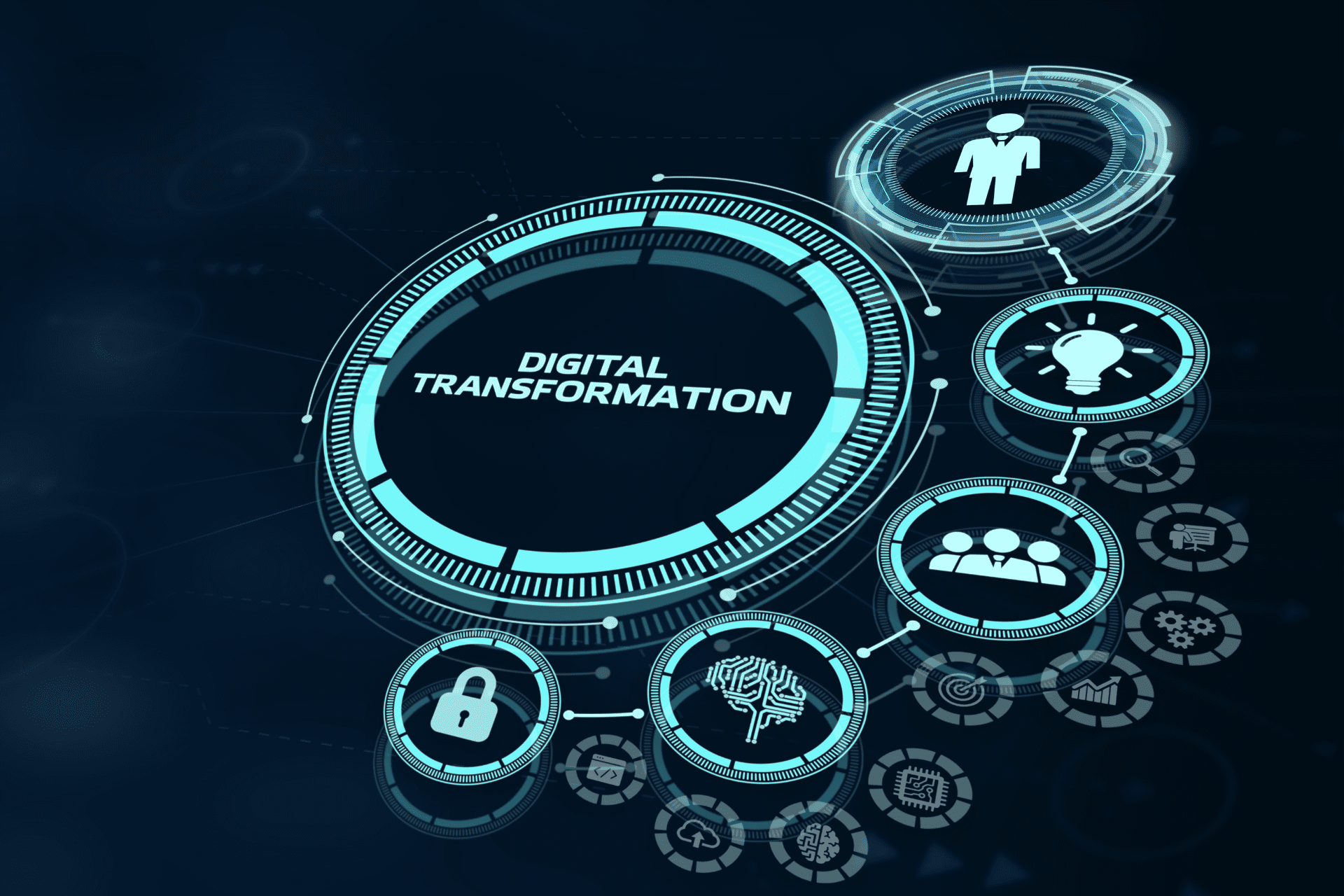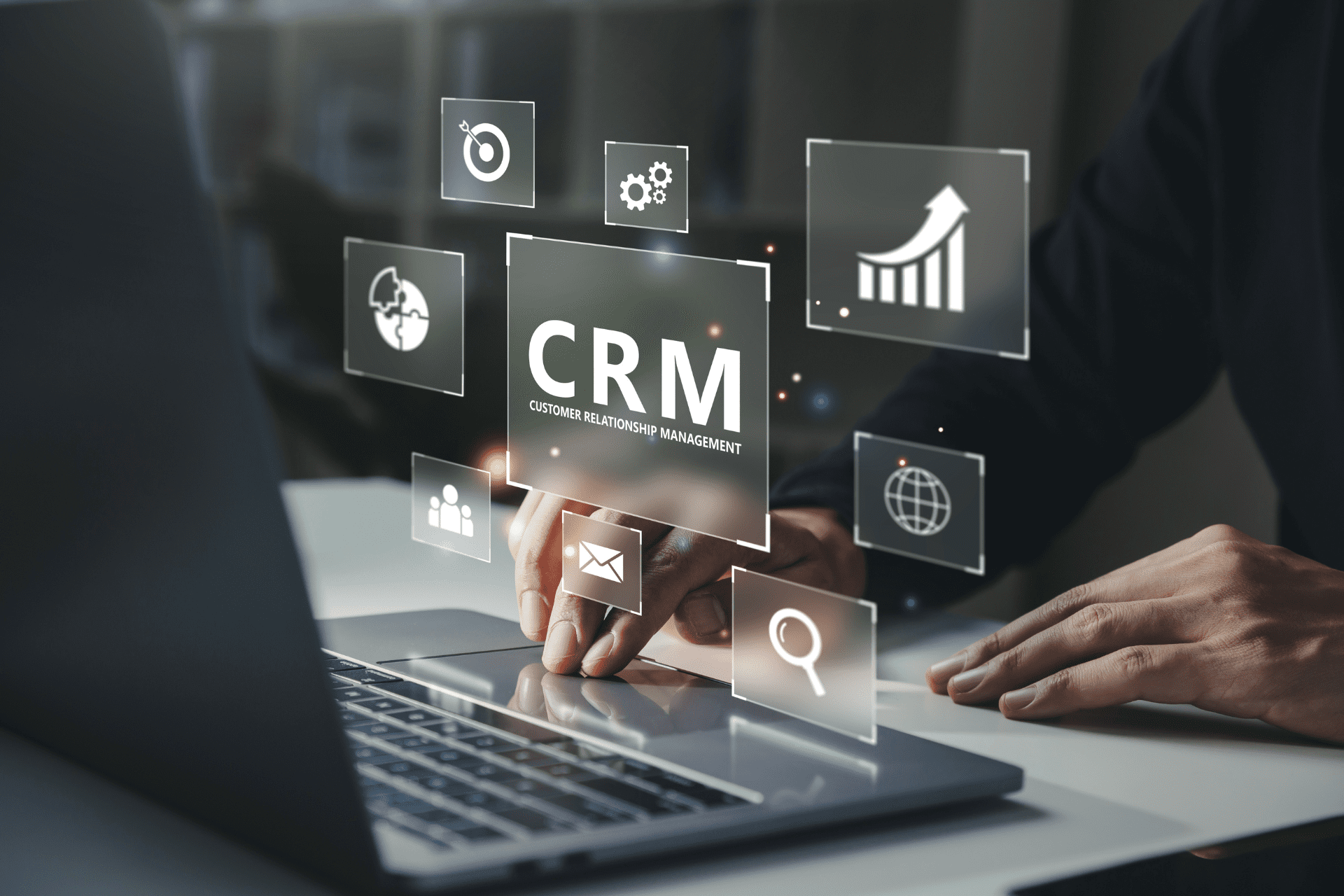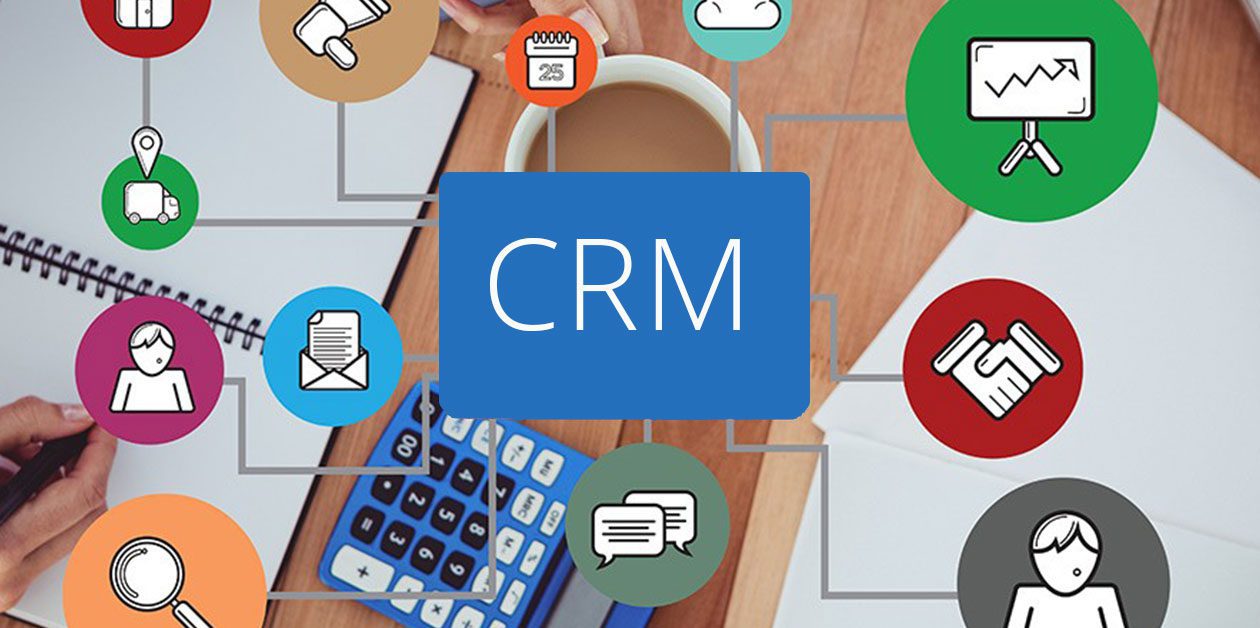Share
Read also

Trends & Views
Digital transformation strategies

Business Software
CRM 2025 market: Response to increasing customer demands

Business Software
Understanding the ERP lifecycle management

Mobility
How is EM shaping the way SMBs operate?
The successful deployment of a CRM system is the ultimate goal for all businesses; even though nobody can promise you absolute success, this does not necessarily mean that there are no “safety valves”. There are no uncharted waters to get lost in while exploring complicated features and functions. If you have selected the right provider to deploy the right CRM solution for your needs, then you’re on your way to success! Read below to find out which factors play a significant role in the successful deployment of a CRM system.
A basic principle that you must always take into consideration is that any given CRM deployment project consists of two parts: the configuration of the back-end system that varies depending on whether you’re deploying an on-premise (server and database configuration) or cloud-based solution, and the front-end experience of end-users.
Firstly, let us look into the configuration process based on the following admission: the first step in all on-site CRM deployment projects, is the configuration of the server. This requires the use of the manuals provided with the CRM solution, which include detailed instructions. There is no reason to get alarmed. The good news is that your provider has access to all the details pertaining to the settings of your system, so they are responsible for the delicate maneuvers required for a successful deployment.
When it comes to the deployment of a cloud-based CRM solution, since your data is hosted in an external server, you don’t have to worry about configuring your server; all the necessary steps have already been completed. Nevertheless, you should know that you must have enough storage space in order to easily transfer your data. Even so, most CRM providers offer the necessary space, depending on your needs. In case you need additional space, all you have to do is ask for it.
The second and most important part of a successful on-premise CRM solution is the database configuration. What does this mean? In a few words, in order to assure that your CRM system will be ready to use, you have to successfully import all the data from your pre-existing systems, thus ensuring a smooth transition. Depending on the architecture of your CRM solution’s back-end system, your provider may be able to transfer the SQL data in a safe and effortless way. What you need to know is that your data should be in the right format, in order to avoid the risk of corruption. Furthermore, this will give you the opportunity to “purge” your database from all useless data since the effectiveness of a CRM solution – even of the best one – largely depends on the quality of your data.
Now, having completed the configuration of the back-end system, you’ll have to move on to the next stage of configuring the front-end, which is after all the system that is directly related to the satisfaction of end-users. In order to achieve this, you’ll have to consider the following before completing the deployment.
Your CRM system will be used by all your employees. Therefore, the best practice is to involve as many people as possible in the planning and scheduling process. Make a list of all your core business processes that will be automated by the CRM system. Contact all interested parties and have them participate in the project, explaining how this solution will change the way they work. In this way, you’ll avoid any resistance in the implementation of the solution. Set timelines for every different phase of the customization process and, at the same time, set priorities putting emphasis on the tasks that constitute daily operations.
The last part is obviously that of testing, since this complex “structure” has to be tested before presented to the end-users as a final product. It is advised to have a sandbox environment to run and test different scenarios and ideas with the confidence that you can always restore everything in case something goes wrong. When everything is ready and your system is perfectly fine-tuned, you can proceed to the installation or – in case of a web-based CRM system – help end-users with the setup process. With cloud or web-based CRM solutions, the only configuration task that end-users need to do is set a username and password.







